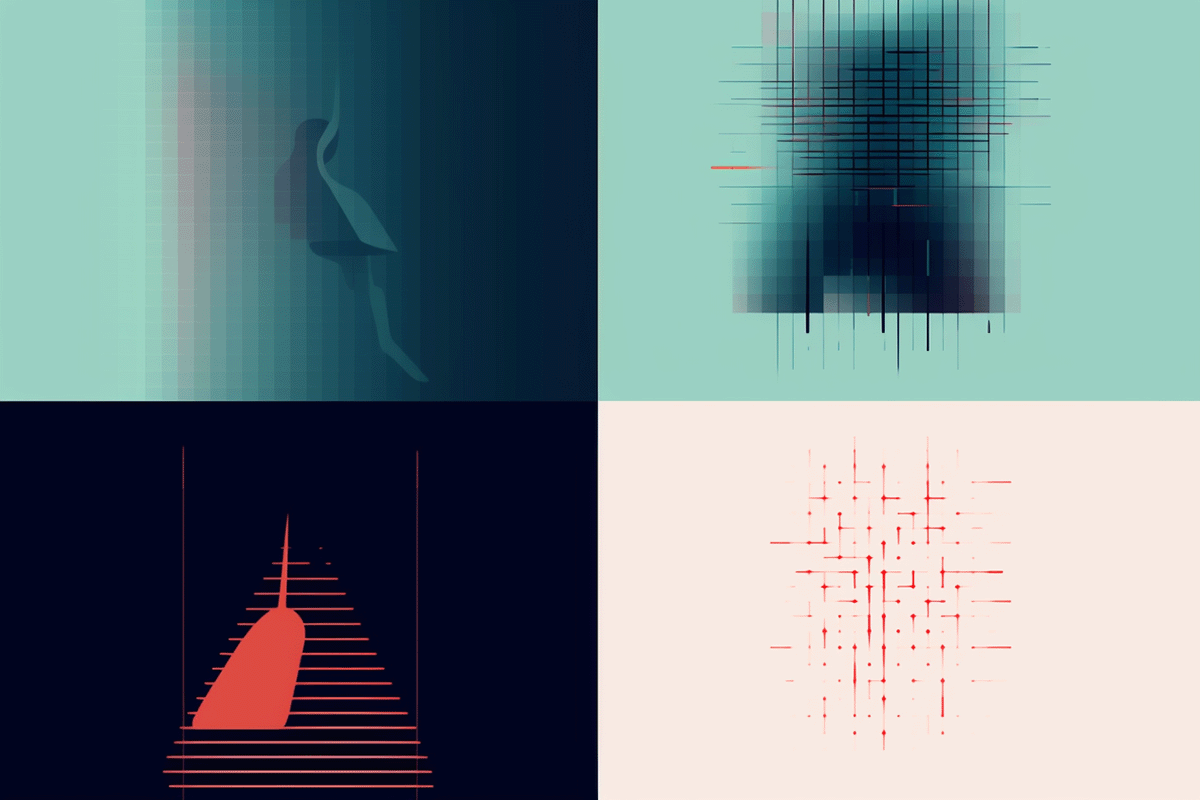Discover the differences between classical and AI upscaling methods, their benefits, and applications in enhancing image quality.
- 7 minutes read - 1394 words
Table of Contents
Image upscaling is the process of increasing the resolution or size of an image, thereby enhancing its overall visual quality.
It is widely used in various fields, including photography, graphic design, AI art, and video production.
The primary goal of image upscaling is to improve the quality of images without the need to retake or recreate them, saving time and resources.
What is Image Upscaling?
Image upscaling refers to the process of increasing the resolution or size of an image. It is commonly used in:
- photography
- graphic design
- ai art
- video production
It enables users to improve the quality of images without having to retake or recreate them from scratch. The goal of image upscaling is to enhance the overall visual quality of an image by increasing its pixel count, thus providing a clearer and more detailed representation of the subject.
Several methods are used for image upscaling, each with advantages and disadvantages. The most common technique used in classical upscaling involves interpolation, which uses mathematical algorithms to predict the missing pixel values in an image. While this method can provide satisfactory results, it often leads to pixelation and loss of detail, resulting in a less visually appealing image.
On the other hand, AI upscaling involves using advanced machine learning algorithms and deep neural networks to generate new pixels that match the surrounding area. This process, also known as “super-resolution,” involves training a machine-learning model on a large dataset of high-quality images to learn how to create new pixels that fit seamlessly into the image. By doing so, AI upscalers can produce images that are much more natural-looking and visually appealing than classical upscalers, making it the preferred choice for many professional designers, photographers, and artists.
Overall, image upscaling is an essential technique for enhancing the overall visual quality of images. Whether for personal or professional use, image upscaling allows users to improve the quality of their pictures without having to invest in expensive equipment or spend countless hours in post-production.
Classical Upscalers vs. AI Upscalers: Key Differences
Classical upscalers typically use mathematical algorithms to increase the size of the image. This approach involves stretching the existing pixels in the picture, which can result in pixelation and loss of quality. The image can become blurry and distorted, producing a less visually appealing final product.
On the other hand, AI upscalers use advanced machine learning algorithms and deep neural networks to analyze the image and generate new pixels that match the surrounding area.
This process is called “super-resolution,” It involves training a machine-learning model on a large dataset of high-quality images to learn how to create new pixels that fit seamlessly into the picture.
By doing so, AI upscalers can produce images that are much more natural-looking and visually appealing than classical upscalers.
Moreover, AI upscale has the advantage of being able to detect and correct other image issues, such as noise reduction, sharpening, and color enhancement. This results in larger, more visually appealing images and true to life.
Classical Methods for Upscaler
Here are some of the most common classical methods for image upscaling:
Nearest-Neighbor Interpolation: This method involves simply replicating the nearest pixel to increase the size of the image. This approach is fast but often results in pixelation and jagged edges.
Bilinear Interpolation: This method calculates the new pixel value by averaging the four nearest pixels. While this method produces smoother results than nearest-neighbor interpolation, it can produce blurry and soft images.
Bicubic Interpolation: This method is an extension of bilinear interpolation that uses a more complex algorithm to calculate the new pixel value based on the 16 nearest pixels. This method produces sharper images than bilinear interpolation but can also result in artifacts and halo effects.
Lanczos Interpolation: This method uses a windowed sinc function to calculate the new pixel value based on several nearby pixels. This method produces high-quality images but can be computationally expensive.
Fourier Transform: This method transforms the image into the frequency domain and then back into the spatial domain, resulting in an upsampled image. This method produces good results but can also result in artifacts and ringing effects.
While classical methods for upscaling can be effective in certain situations, they often result in lower-quality images than AI upscaling methods.
AI Upscaling Methods
These AI upscaling methods provide users with a wide range of options for improving the visual quality of their images efficiently and cost-effectively:
ESRGAN (Enhanced Super-Resolution Generative Adversarial Networks): A deep learning-based method that uses a generative adversarial network (GAN) to generate high-quality images.
Stable Diffusion 4x: With Stable Diffusion v2, StabilityAI added a text-based upscaling AI Model; compared to other AI upscalers, it also uses a text prompt to upscale and enhances images.
SRCNN (Super-Resolution Convolutional Neural Network): A deep learning model that takes a low-resolution image and upscales it to a high-resolution image using multiple convolutional layers.
LapSRN (Laplacian Pyramid Super-Resolution Network): A deep learning-based method that uses a Laplacian pyramid to reconstruct high-resolution images. LapSRN was introduced in 2017 and has been shown to produce high-quality images with better visual quality than traditional methods.
SRGAN (Super-Resolution Generative Adversarial Networks): A deep learning-based method that uses a GAN to generate high-quality images. SRGAN was introduced in 2017 and has been shown to produce high-quality images with improved sharpness and visual quality.
Deep Image Prior: A neural network-based method that uses a single noisy image to generate a high-quality image through denoising. Deep Image Prior was introduced in 2018 and has become famous for image upscaling and restoration.
Better quality with less noise
AI upscalers and classical upscalers have different approaches to image upscaling and noise reduction:
AI upscalers
AI-based upscaling techniques, such as deep learning-based super-resolution methods, can reduce noise during the upscaling process.
These models are trained on large datasets of low-resolution and corresponding high-resolution images. They learn to map the low-resolution input images to their high-resolution counterparts while removing artifacts and noise.
Some AI upscalers are specifically designed to handle noise and other image degradations, such as Super-Resolution Convolutional Neural Networks (SRCNN) and Enhanced Deep Residual Networks (EDSR).
Classical upscalers
Classical upscaling techniques, such as bilinear, bicubic, and Lanczos interpolation methods, usually do not explicitly focus on noise reduction. These methods estimate the missing pixel values during upscaling based on the neighboring pixel values.
While they can smooth out some noise as a side effect of the interpolation, they may also introduce new artifacts or blur essential details. A separate noise reduction algorithm is often combined with classical upscaling techniques to handle noise more effectively.
In general, AI upscalers produce better results in both upscaling and noise reduction than classical methods. This is because they learn complex mappings from the data and can better preserve image details while reducing noise.
However, AI upscalers may require more computational resources and can be slower than classical upscalers, depending on the specific algorithm and implementation.
Conclusions
In conclusion, using AI upscalers/enhancers results in higher-quality images than classical upscalers, making them the preferred choice for many professional designers, photographers, and artists.
With advanced machine learning algorithms and deep neural networks, AI upscalers can produce stunning visuals that are true to life and enhance the overall quality of the image.
With the advancement of AI upscalers, users can now achieve high-quality images efficiently, producing stunning visuals that are true to life and enhance the overall quality of the image.
AI upscaling methods use advanced machine learning algorithms and deep neural networks to generate new pixels that match the surrounding area, resulting in a more natural-looking and visually appealing image.

